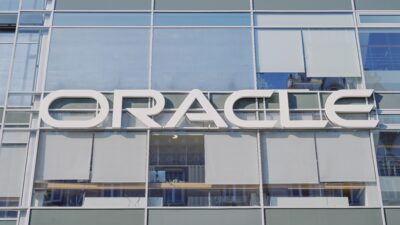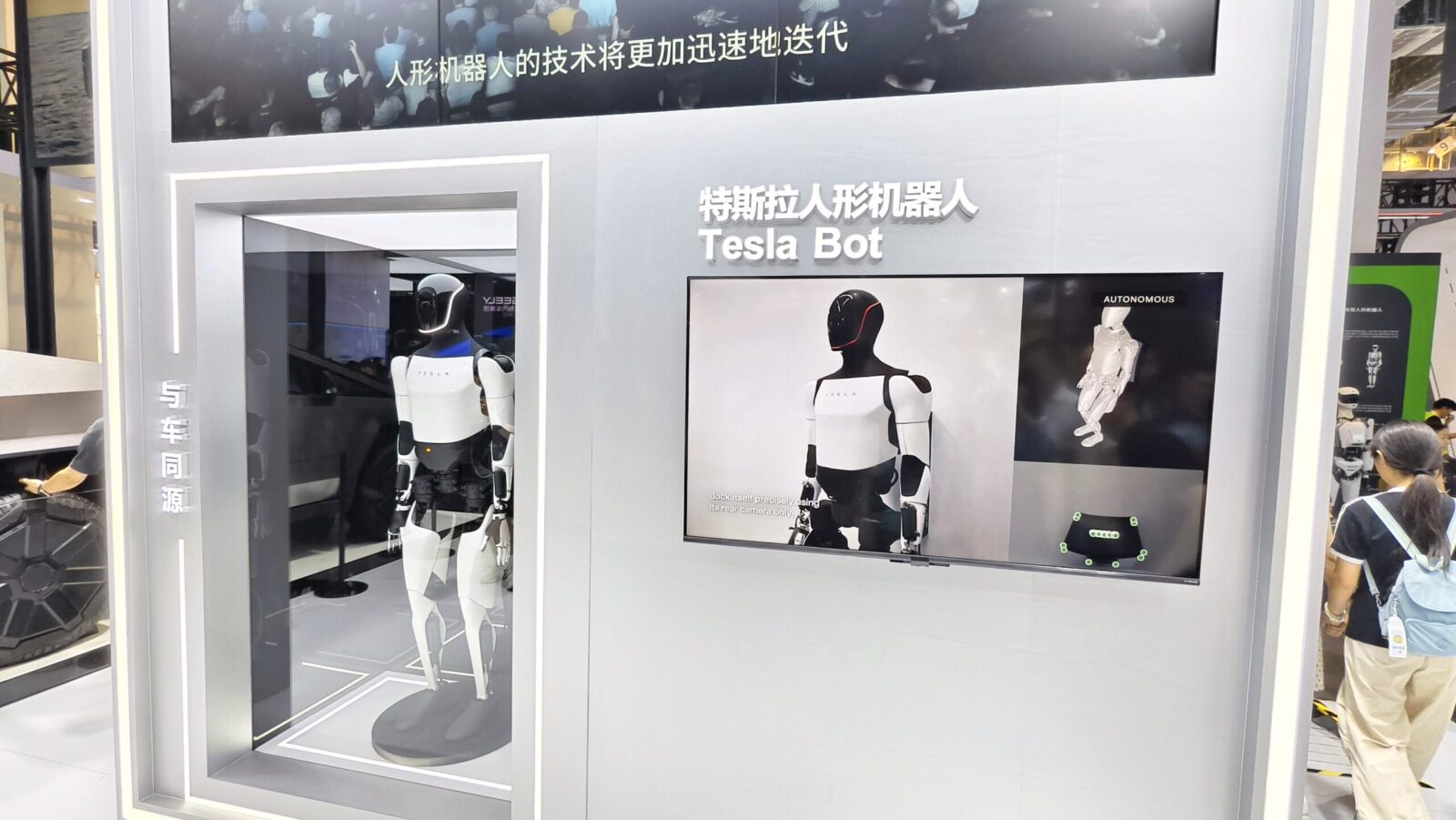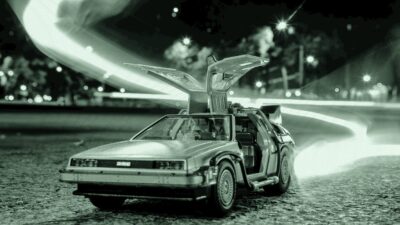Gecko’s AI Robots Represent the ‘Boring’ Future of Bots
More than 70% of the $2.3 billion raised by robotics companies in Q1 2025 was directed towards task-centric tech like Gecko’s.

Sign up for smart news, insights, and analysis on the biggest financial stories of the day.
A yinzer unicorn is born: Pittsburgh startup Gecko Robotics announced yesterday it raised $125 million, pushing its valuation over the billion-dollar mark. The AI infrastructure company is now worth $1.25 billion.
Gecko’s AI-powered robots climb, crawl, fly, and swim around power plants, oil rigs, and other large-scale operations to scan equipment and check for issues (call them inspector gadgets). One big selling point of machines like Gecko’s is that they can perform tasks that are hazardous for humans.
A World of Wall-Es
Companies like Tesla and Boston Dynamics have shown off humanoid robots that do backflips, tend bar and dance. But the future of robotics may be less bipedal.
Specialized bots built to perform industrial tasks are winning the most capital investment. More than 70% of the $2.3 billion raised by robotics companies in the first quarter of 2025 was directed toward task-centric tech, such as Gecko’s. Pitchbook found that humanoid robots consistently carve out a much smaller slice of venture investment.
Training robots to be jacks of all trades is more complicated and expensive than creating a master of one. Humanoid robots cost between $50,000 and $200,000 to make, while task-focused machines ring in at $5,000 to $100,000 each, Reuters reported.
Not to mention that “human”-shaped isn’t optimal for all tasks. Here’s a handful of examples:
- Ati Motors raised $20 million in January to keep building boxy, wheeled bots that lug heavy loads around factory floors. And straight from the Wall-E universe, ViaBot’s Roomba-like robots collect trash in parking lots.
- A four-legged bot built by Boston Dynamics (its name is Spot) is used to perform inspections at hazardous sites — recently, it trotted through a power facility that humans can only safely enter during its annual scheduled downtime.
Boring’s the Beginning: Humanoid robots could one day perform a variety of complicated tasks and carve out their own niche not met by single-minded machines. But for now, they haven’t hit that technological bar. “If somebody claims that they are commercially finding a general-purpose robot, they are over-promising and they will under-deliver,” Boston Dynamics strategy chief Marc Theermann told Reuters. In the meantime, robots built for straightforward tasks are powered up and punching in for work.











